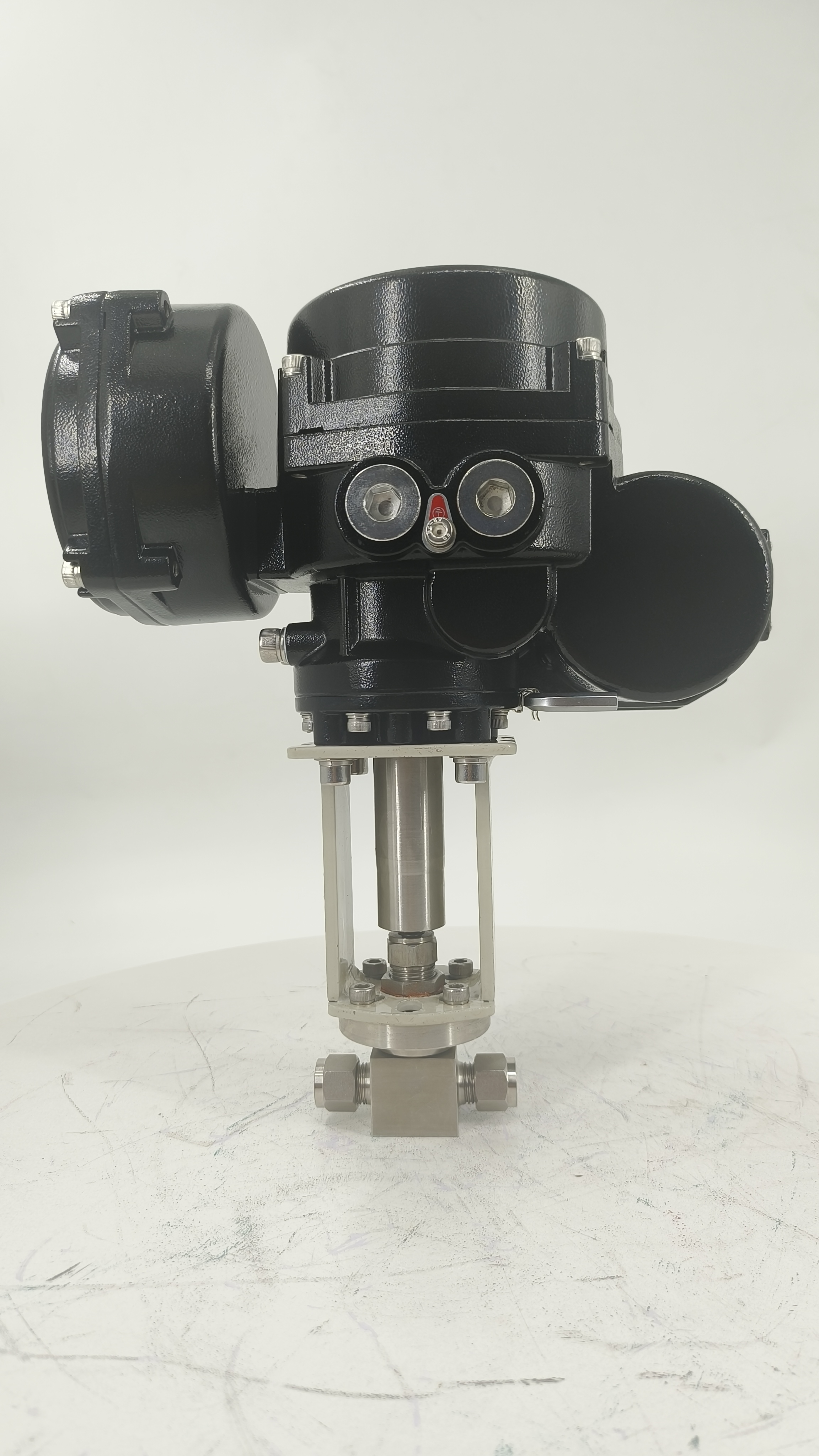
In the ever-evolving world of energy storage and power solutions, lithium batteries have emerged as a frontrunner. Their high energy density, long lifespan, and relatively low self-discharge rate have made them a preferred choice for various applications, ranging from portable electronics to electric vehicles and even large-scale energy storage systems. However, the safety and reliability of these batteries remain paramount concerns, and one crucial component that ensures their smooth and safe operation is the lithium battery valve.

The lithium battery valve serves as a gateway, regulating the flow of energy within the battery system. Its primary function is to control the charging and discharging processes, ensuring that the battery operates within safe parameters. The valve is designed to open and close based on specific conditions, allowing the flow of electricity when needed and preventing it when necessary.

